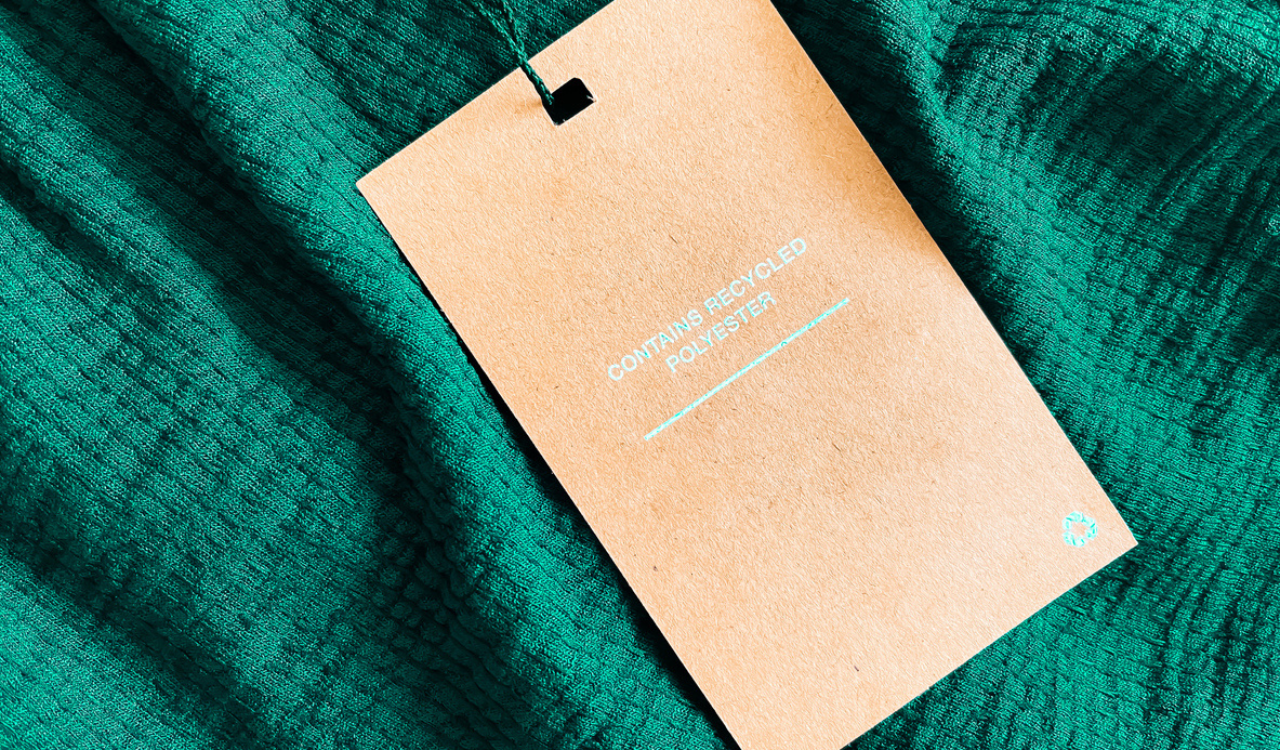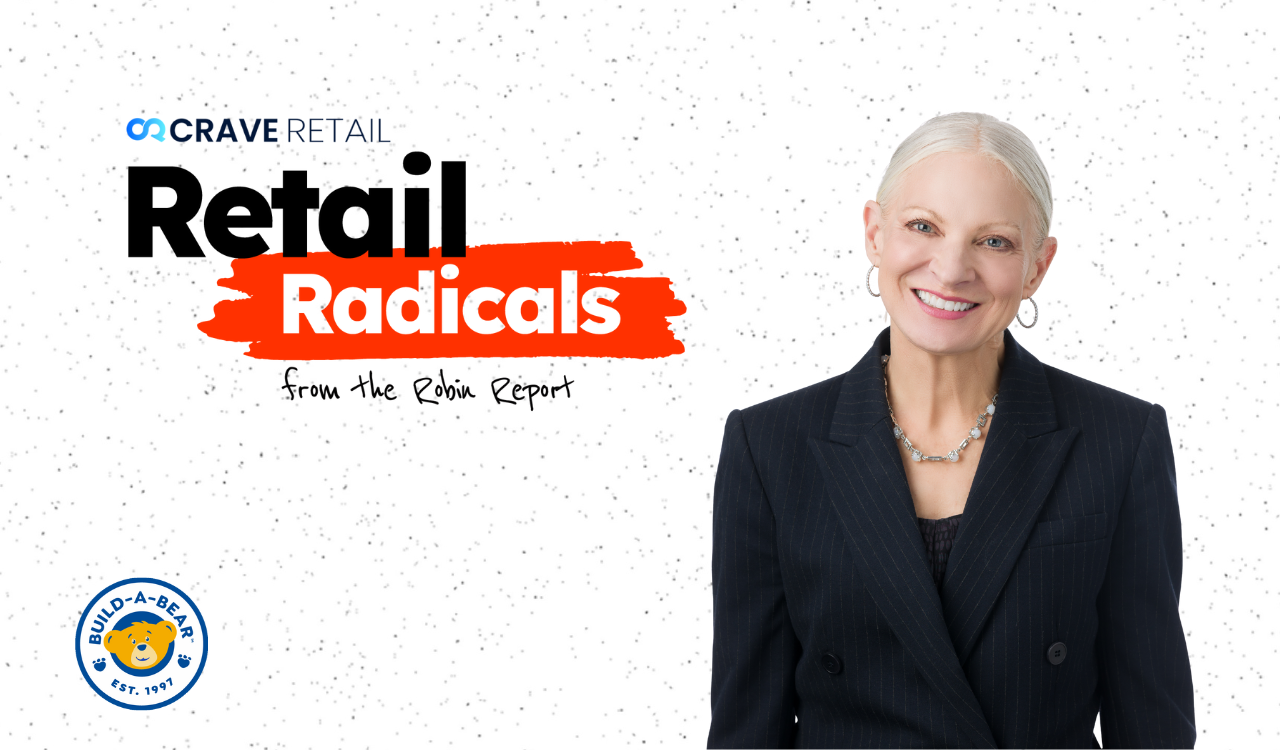In July, an American icon became part of an Italian family dynasty in an unexpected move that saw famous breakfast cereal company WK Kellogg acquired by Italian food group Ferrero, the family-owned business behind brands including Nutella spread, Tic Tac and Kinder candy.
Ferrero not only agreed to acquire the U.S. breakfast cereal giant in a deal worth $3.1 billion including debt, slated to pay $23 a share in cash for the maker of market-leading products such as Corn Flakes, Rice Krispies and Froot Loops, but it also bought into a business as American as apple pie. Its offer represented a hefty 40 percent premium to its average share price over the prior 30 days, the companies said in a statement, 31 percent above the closing price the day before the announcement.
But the biggest question is whether the American public will swallow it. On the face of it, it seems like a cultural mismatch that could cost both companies dearly. Yet with the ingredients of breakfast cereals under attack from the Trump administration, Kellogg could yet lean into an owner that knows all about how to navigate regulations and fast-track healthier options.
WK Kellogg founder Will Keith Kellogg invented his cornflakes in 1894, with the cereal group growing to become arguably the best-known cereal empire in the world. On the other side of the Atlantic, Ferrero was founded in 1946 by Italian confectioner Pietro Ferrero, and the company remains under family ownership, with Ferrero’s grandson Giovanni serving as Executive Chair.
Ferrero Targets WK Kellogg
Let’s take it back a snap. In 2023, WK Kellogg was spun off to operate as a standalone cereal brand by parent company Kellogg Co., which subsequently rebadged itself as Kellanova and retained popular snack brands such as Pop-Tarts and Pringles potato chips. Last year, food group colossus Mars agreed to acquire Kellanova in a $36 billion deal that was approved by U.S. officials but is currently facing antitrust scrutiny from European regulators.
However, Michigan-based WK Kellogg’s fortunes as an independent company have so far disappointed, and its shares have underperformed the wider market, with net debt of $569 million as of March this year. WK Kellogg reported its quarterly results on August 7, with net sales in line with expectations at $613 million in the quarter to June 28, down 8.8 percent from $672 million for the same period a year prior. However, adjusted EBITDA was off by nearly a third, reflecting the challenges facing the company. But there were a few clues on the direction ahead, as WK Kellogg suspended its financial guidance for full-year 2025 because of the takeover, talking blandly about supply chain optimizations as it set out plans to reverse its declines.
WK Kellogg Backs Acquisition
WK Kellogg’s largest shareholder is the charitable trust, the WK Kellogg Foundation, which holds about 16 percent of the outstanding stock. The foundation and the Gund family, another top shareholder, are backing the transaction, the companies said. “Over recent years, Ferrero has expanded its presence in North America, bringing together our well-known brands from around the world with local jewels rooted in the U.S.,” said Giovanni Ferrero, Ferrero’s Executive Chair, as he confirmed that Battle Creek, Michigan, will be Ferrero’s headquarters for North America cereals after the deal closes.
Looking at the potential upside, Kellogg’s products, often positioned as family-friendly, could complement Ferrero’s indulgence-driven image. With health trends increasingly influencing consumer choices, Kellogg’s cereals and snack brands could therefore provide Ferrero with a more balanced portfolio. Together, the companies might innovate by cross-leveraging expertise, such as introducing Nutella-branded breakfast cereals or Kinder-inspired snack bars, which might even elevate Kellogg’s slightly stodgy image
Then, inevitably, there is the tariff situation. This could make this acquisition more attractive for Ferrero as it gives the company a domestic manufacturing base that circumnvents the 15 percent E.U. tariff, as well as giving it an established distribution network.
Risks to Both Sides
However, Ferrero is a privately-owned, Italian-rooted company with a history of cautious, family-driven decision-making, while Kellogg is a publicly traded U.S. giant with different governance structures and corporate culture. Integrating these approaches could be difficult, leading to clashes in management style and strategy.
Financially, the acquisition is also expensive. And while Ferrero’s pockets are deep, if growth projections do not materialize, the company could struggle to generate sufficient returns. Additionally, Kellogg’s cereal business has faced its own challenges in recent years, as consumers have shifted away from traditional breakfast cereals in favor of fresher, less sugary or protein-rich options. This could mean Ferrero is buying into a declining segment rather than a growth engine.
According to NielsenIQ, breakfast cereal sales were $2.47 billion in 2021 but are expected to reach just $2.14 billion this year, continuing a decades-long decline. In fact, except for a brief period during the coronavirus pandemic, when many workers had time at home to sit down with a bowl of cereal and milk, sales of cold cereal have steadily fallen for at least 25 years.
Indeed, the move comes at a time when the U.S. food industry is facing unprecedented political pressure following the appointment of Robert F Kennedy Jr. as the top U.S. health official, who has avowed to remove harmful additives and artificial dyes from processed foods as part of his ‘Make America Healthy Again’ agenda.
No Sugar on Top for This Deal
On top of that, many American consumers have already spurned sugary cereals in favor of breakfast options they consider healthier, while other shoppers have switched to grocery store brands as a result of high inflation over recent years. Indeed, cereal has been struggling for multiple reasons, with the rise of more portable options like Kellogg’s Nutri-Grain bars and Mondelēz International Clif Bars, which both went on sale in the early 1990s, making it easier for consumers to grab breakfast on the go.
As a result of government mandates, Kellogg has pledged to remove synthetic colors from cereals in schools by the 2026-27 academic year and on August 14, it took that a step further and confirmed that it plans to remove artificial dyes from all its breakfast cereals in the next two and a half years.
Ferrero Banks On E.U. Experience
Regulations are probably where Ferrero believes it can bring its expertise. The European Union is far more regulated than the U.S. food industry, and many of the ingredients that need to be removed from Kellogg’s products are already absent from European foods. Companies operating within the E.U. are used to dealing with such complexities, and Ferrero is in an ideal position to make the process faster and less painful.
In its most recent reports, Ferrero generated revenue of nearly $21.5 billion in the 12 months to the end of August last year and has been on a spending spree to expand in the U.S. having bought ice cream maker and Halo Top owner Well Enterprises in 2022, plus Nestlé’s confectionery business for $2.8 billion in 2018, and candy manufacturer Fannie May in 2017.
WK Kellogg founder Will Keith Kellogg invented his cornflakes in 1894, with the cereal group growing to become arguably the best-known cereal empire in the world. On the other side of the Atlantic, Ferrero was founded in 1946 by Italian confectioner Pietro Ferrero, and the company remains under family ownership, with Ferrero’s grandson Giovanni serving as Executive Chair.
A match made in heaven or hell? If it’s to be the former, Ferrero will have to revive cereal sales, fast-track healthier ingredients and innovate with new products and categories. And it will have to take the American public on the journey, one spoonful at a time.



